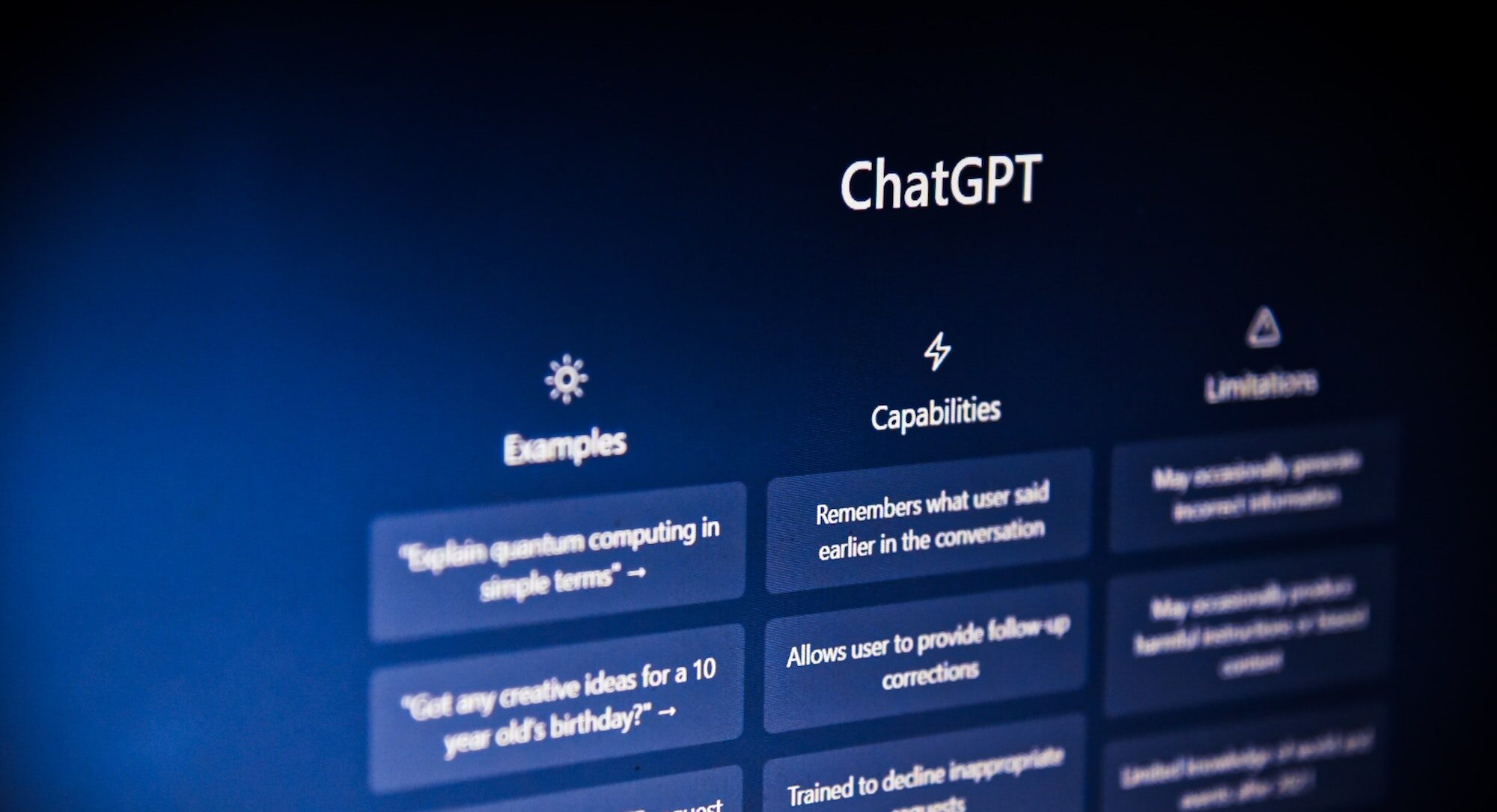A blog series exploring how AI chatbots are reshaping learning and what we can do about it.
The responses to my messages about my online order were clear and precise. Within two minutes, everything was sorted out and I was left with a positive customer service experience. It was all too quick. The messages came in nearly instantaneously, far faster than a human could type. It was clear that my exchange was not with a helpful agent but rather with a chatbot algorithm designed to resolve my issue quickly and efficiently.
If you’ve had a chance to interact with one of the new AI chatbots, such as ChatGPT or Google’s Bard, you know that their answers can be eerily good. And I know that, by design, they will only improve over time. My recent experience testing out some of these chatbots led me to a clear conclusion: If I were still in the middle school science classroom, I would find it easy to be “duped” by lab reports, essays, and reflections that were written by AI chatbots.
In 2018, I posed the question, “If the Answer is Googleable is the Question Worth Asking?” in my “PechaKucha” (20 slides x 20 seconds) talk at the National Association of Independent Schools’ annual conference. In my talk, I argued that when we design curriculum around understanding and ask complex and interesting questions, we transform classrooms into places where curiosity drives learning and where students know why they’re learning what they’re learning.
When our questions focus solely on recall — the capital of a particular state, the definition of a key term, or the year of a particular historic event — we’re equipping them for a trivia game, not for applying their understanding learning on their own, in new situations, now and throughout their lives. When the questions are more interesting, so are the answers… How does my race shape my identity? Whose story isn’t being told? What does it mean to be healthy? Why is the capital city, the capital? I challenged educators to consider whether the questions they are asking are worth answering.
The recent proliferation and easy access to AI chatbots has challenged educators on all levels to grapple with the questions we are asking and how we are asking learners to demonstrate the knowledge they’ve acquired. The news is filled with stories of universities requiring students to write their first drafts in the presence of their professors, with districts blocking access to these tools, and the new field of AI-detection tools that can score the chance that a particular piece of writing is written by a human versus a chatbot.
What does this mean for education? How will tools like these reshape teaching, our classrooms, and how students engage with one another? I will explore these questions and more in a four-part blog series, “If ChatGPT can answer the question, is it worth asking?”
Part 1: What are chatbots and why do they matter?
An exploration of this new technology and its impact on learning through the lens of the Understanding by Design framework. Coming Mar 21, 2023
Part 2: Are we even having the right conversation?
From Cliffs Notes to Google Translate, how the challenges that educators grappled with in the past help us better understand the role of chatbots in education. Coming Mar 28, 2023
Part 3: Are you smarter than a chatbot?
Reframing the power of this new technology by leveraging the limits of chatbots. Coming early April
Part 4: If ChatGPT can answer the question, is it worth asking?
What does this all mean for teaching and learning today and in the future? Coming April 2023




No responses yet